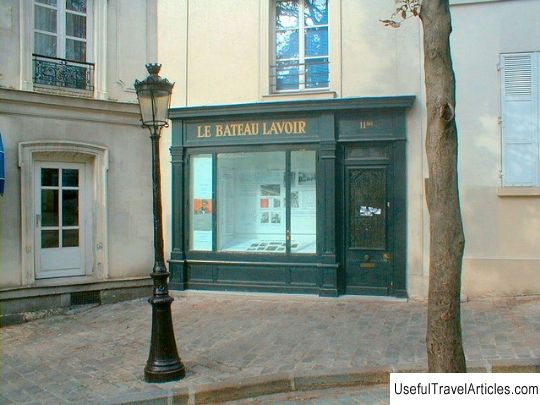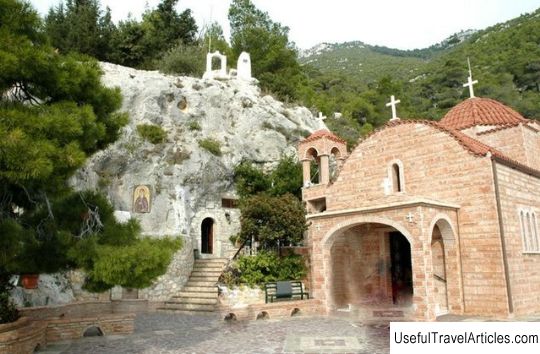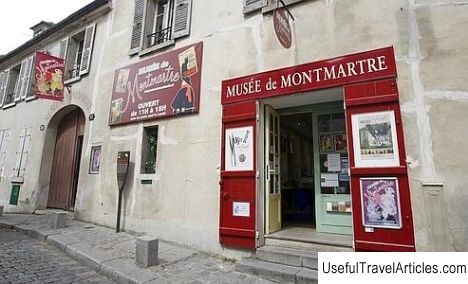Bateau-Lavoir description and photos - France: Paris
Rating: 8,7/10 (8755 votes) 
Bateau-Lavoir description and photos - France: Paris. Detailed information about the attraction. Description, photographs and a map showing the nearest significant objects. The name in English is Bateau-Lavoir. Photo and descriptionBateau Lavoir - this was the name of the hostel in Montmartre, where famous artists and poets lived at the turn of the 20th centuries. Then the famous, and then they were unknown and beggars. Due to the fact that there was no money, they settled in Bateau Lavoir. This name stuck with the hostel because the building of the former factory resembled a laundry barge, in French - bateau-lavoir (such floating laundries stood then along the Seine). The house, located on a steep hillside, looked ridiculous: on the one side it was five-story, on the other - one-story, several glazed rooms were piled on the roof. Housing corresponded to the cheapness of rent: a decrepit dirty house with a rotten floor and a shaky staircase, without electricity, gas and water, for several dozen people - only one toilet, and that one without the heck. Residents often did not have enough money for coal and food, and then they were content with a free cauldron of soup, which they displayed in the nearby Nimble Rabbit cabaret. But it was in these terrible conditions that Picasso's talent blossomed. The great artist settled in Bateau Lavoir in 1904. Here, in a squalid workshop, where it was hot in summer and unfinished tea in winter froze in a cup, he wrote The Maidens of Avignon, from which Cubism began; here the blue period of Picasso's creativity gradually changed to pink. Modigliani, Gris, Reverdi, Jacob, Gargallo lived in Bato-Lavoir. Matisse, Braque, Utrillo, Apollinaire, Cocteau, Stein and many other creators and intellectuals of that time came here like a club. Yes, they drank and smoked something, but they also talked a lot, and worked a lot, not paying attention to the poverty of the surroundings. “We were young and capable of a lot,” Picasso recalled later. This explosion of creative energy flared up and died out, partially moving to Montparnasse, which became a bohemian quarter after the First World War. Much later, in 1965, the Bato Lavoir building was recognized as a monument, but in 1970 it was destroyed by a fire. In 1978, the house was completely restored (though already made of concrete). Now, at the entrance to Bato Lavoir, there is a commemorative showcase; inside there are artists' workshops. Just artists' workshops.   We also recommend reading Darul Aman Palace description and photos - Afghanistan: Kabul Topic: Bateau-Lavoir description and photos - France: Paris. |




